March 2023
March 6, 2023
Rhapsody in Big Blue
Darryl Gammill came up with a way to convert stock-price movements into music. The result was the release in 1985 of "Rhapsody in Big Blue," which was a musical rendition of IBM's stock activity between April 1984 to April 1985.I haven't been able to find any samples of the album online. I can't even find any used copies of it for sale. This was evidently an extremely obscure record release.


Popular Computing Weekly - April 3-9, 1987

Time - Sep 16, 1985

The Economist - Aug 31, 1985
Posted By: Alex - Mon Mar 06, 2023 -
Comments (2)
Category: Business, Music, 1980s
The Shrine of the Grotto of Redemption
The place's homepage.The Wikipedia entry.

Posted By: Paul - Mon Mar 06, 2023 -
Comments (2)
Category: Buildings and Other Structures, Excess, Overkill, Hyperbole and Too Much Is Not Enough, Religion, Outsider Art, North America, Twentieth Century
March 5, 2023
Serial aperitif thief
Philippe Delandtscheer may have preferred to steal aperitif, but that's not all he stole. He was later arrested for stealing meat from a supermarket.
Saskatoon Star-Phoenix - Feb 15, 1996
Posted By: Alex - Sun Mar 05, 2023 -
Comments (0)
Category: Crime, 1990s
Murder, Inc. Vinyl Album
Get the full story here.Start grooving with this cut, then find the rest of the playlist on YouTube.
Posted By: Paul - Sun Mar 05, 2023 -
Comments (0)
Category: Crime, Music, Space-age Bachelor Pad & Exotic, 1960s
March 4, 2023
Music for playboys to play by
The woman looks both disturbed and perplexed.

Lancaster Sunday News - May 4, 1958
More info: Unearthed in the Atomic Attic
Posted By: Alex - Sat Mar 04, 2023 -
Comments (0)
Category: Music, 1950s
Phare du Monde
The Wikipedia page.Source for the illustration, where the text and image may be enlarged.
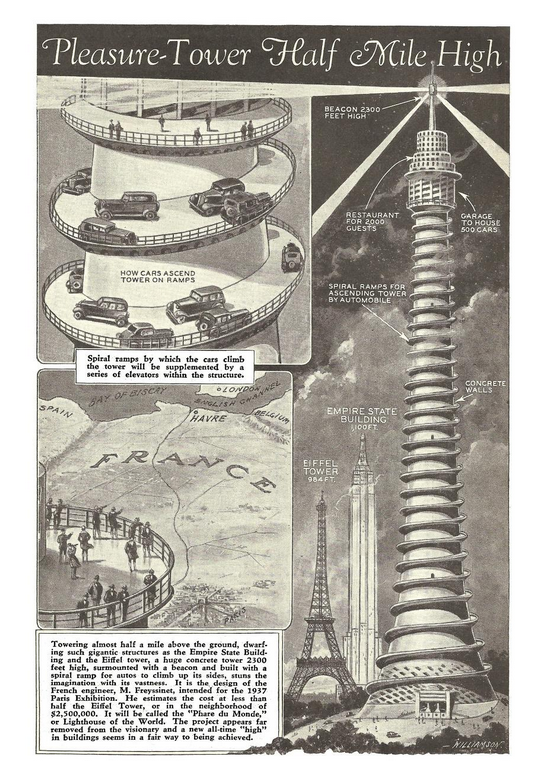
Posted By: Paul - Sat Mar 04, 2023 -
Comments (7)
Category: Architecture, Excess, Overkill, Hyperbole and Too Much Is Not Enough, Expositions, World Fairs, Celebrations, 1930s, Europe
March 3, 2023
Reamer Collectors
If you collect reamers, consider joining the NRCA (National Reamer Collectors Association).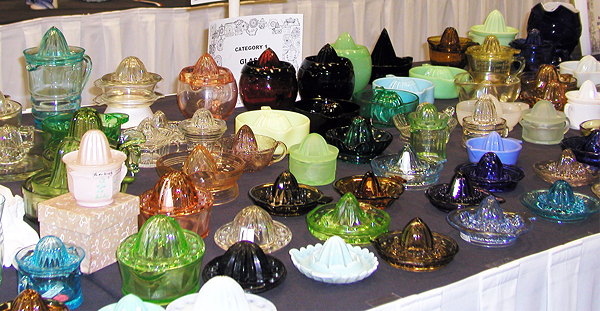
The NRCA used to have its own website, reamers.org, but no longer. (The old site was archived by the Wayback Machine.) Now they have a private facebook page instead.
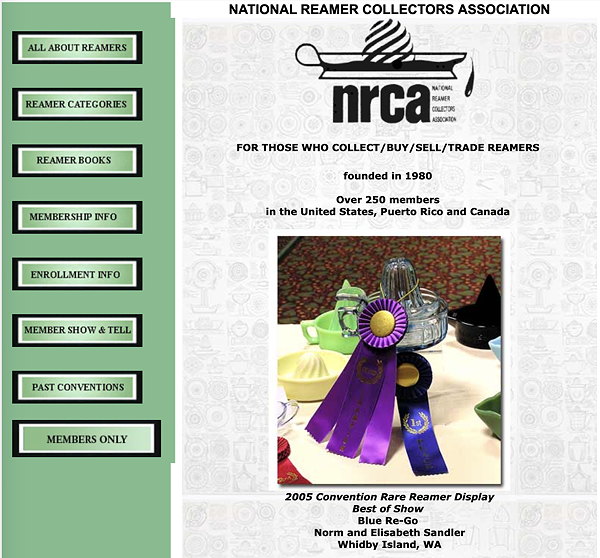
Some explanatory text about reamers from their old website:
The reamers were invented over 200 years ago out of necessity when it was discovered that citrus provided a cure for diseases like scurvy. The first reamers were all producted in Europe. Major china companies such as Bayreuth, Miessen, Royal Rudolstadt and Limoges produced reamers for some of the finer tables in Europe.
The first reamer was patented in the United States around 1867, after the Civil War. It was a hand held reamer. Next came the one piece reamer with a small saucer and a cone that was meant to fit on top of a glass. These were quite messy as they slid and slipped off of the glass. In the 1880's a glass rim was added to the bottom of the saucer to help keep the reamer on the glass. Around the same time, wooden squeezers with a press action were also being used. Two-piece sets with measuring pitcher bottoms and separate reamer tops did not come along until the mid 1920's.
The biggest boom for reamers came in 1907 when a a co-op named the "California Fruit Growers Exchange" was formed. This co-op marketed the name Sunkist to sell fruit to the east coast. Sunkist reamers were produced as a promotional item. However, not until 1916 when the "Drink an Orange" campaign was launched, were reamers marketed to the masses.
I have an old glass reamer — a family hand-me-down. I didn't know it was called a reamer, nor that it was something people might collect.
Posted By: Alex - Fri Mar 03, 2023 -
Comments (3)
Category: Collectors
The Family That Walks On All Fours
Full article here.
Posted By: Paul - Fri Mar 03, 2023 -
Comments (0)
Category: Human Marvels, Medicine, Regionalism, Science
March 2, 2023
Select-A-Size Mirror
The Select-A-Size mirror, invented by Milton Doolittle, had a knob you could turn to make yourself look slimmer or fatter. As explained in the 1976 Canadian patent:

Palm Beach Post - Mar 20, 1983
Posted By: Alex - Thu Mar 02, 2023 -
Comments (4)
Category: Patents, 1970s, Dieting and Weight Loss
Visit Gay’s Lion Farm
The Wikipedia page.A very detailed article on the place, with lots of photos.
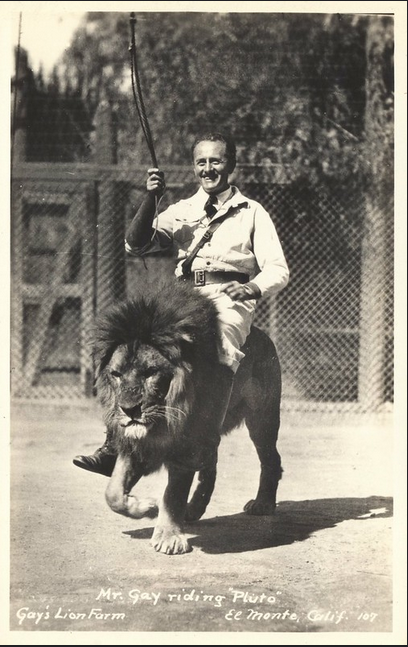
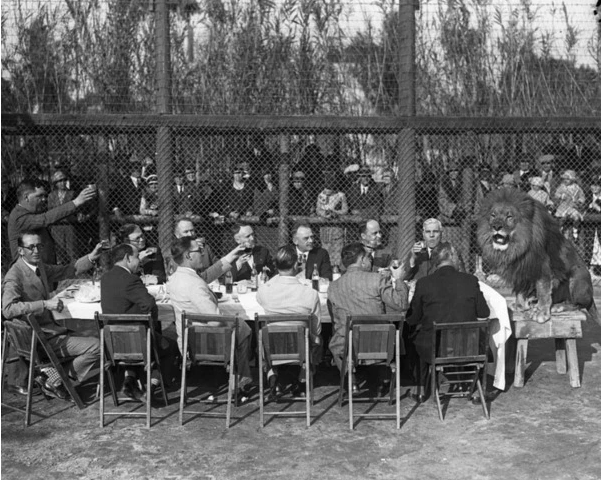
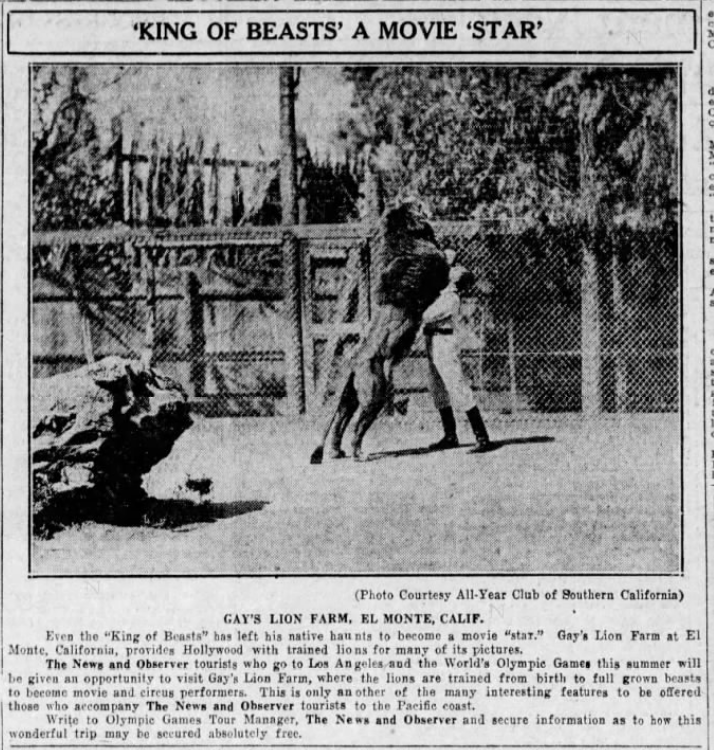
Posted By: Paul - Thu Mar 02, 2023 -
Comments (0)
Category: Animals, Eccentrics, Hollywood, 1920s, 1930s, 1940s
| Get WU Posts by Email | |
|---|---|

| Who We Are |
|---|
| Alex Boese Alex is the creator and curator of the Museum of Hoaxes. He's also the author of various weird, non-fiction books such as Elephants on Acid. Paul Di Filippo Paul has been paid to put weird ideas into fictional form for over thirty years, in his career as a noted science fiction writer. He has recently begun blogging on many curious topics with three fellow writers at The Inferior 4+1. Chuck Shepherd Chuck is the purveyor of News of the Weird, the syndicated column which for decades has set the gold-standard for reporting on oddities and the bizarre. Our banner was drawn by the legendary underground cartoonist Rick Altergott. Contact Us |

